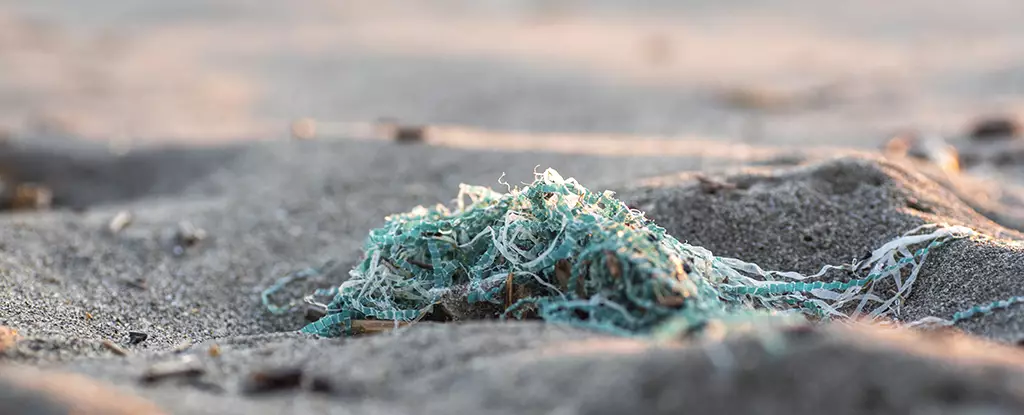As contemporary society grapples with increasing environmental concerns, two of the most pressing threats emerge: microplastics and persistent chemical compounds commonly referred to as “forever chemicals.” Recent studies underscore that these pollutants do not just pose threats individually but exacerbate each other’s harmful effects when present together. This article explores groundbreaking research conducted by the University of Birmingham that scrutinizes the impact of microplastics and per- and polyfluoroalkyl substances (PFAS) on aquatic life, offering insights into their collective effects and the implications for environmental health.
The University of Birmingham’s research centers on Daphnia magna, small water fleas that play a crucial role in aquatic ecosystems. Serving as both prey for larger species and indicators of ecological health, these organisms are ideal subjects for studying pollution. The experimental design involved exposing Daphnia to microplastics and PFAS independently and in combination, simulating realistic environmental scenarios. This method allowed researchers to examine not only the direct effects of each pollutant but also the compounded consequences of their interaction.
The results were striking. The combination of microplastics and PFAS led to an alarming 41% increase in damage compared to exposure to either pollutant alone. This damage manifested in various detrimental outcomes, including stunted growth and delayed reproductive maturation, with the most vulnerable specimens being those already subjected to prior chemical exposures. This phenomenon of compounded effects emphasizes the need for rigorous investigation into how various pollutants interact with one another in real-world environments.
Researchers, including environmental scientist Mohamed Abdallah, stress the importance of studying these interactions across an organism’s life cycle. Understanding these dynamics is not just a matter of academic interest; it is essential for developing conservation strategies and informing policy decisions regarding environmental protections from emerging contaminants. As Abdallah points out, recognizing the combined effects of these pollutants informs our approach to addressing pollution.
Microplastics are defined as plastic fragments smaller than 5 millimeters, resulting from the breakdown of larger plastics and the shedding of synthetic materials. Their proliferation raises serious concerns about ecosystems worldwide, as they contaminate everything from the ocean depths to remote mountain lakes. Though research seeks to shed light on their harmful potential, the full scope of microplastics’ effects on both wildlife and human health remains a pressing question.
PFAS compounds, known for their resistance to degradation, have permeated the environment, found in wildlife and even in rainfall. Their links to severe health issues, including kidney damage and cancer, highlight their role as public health hazards. The dual presence of microplastics and PFAS in water bodies poses a significant risk to aquatic ecosystems, as these substances may alter the biochemistry of organisms and disrupt food chains.
The complexity of understanding the impacts of individual and combined pollutants will require advancements in analytical methods and technologies. The study conducted by the University of Birmingham serves as a catalyst for future research endeavors focusing on the genetic and biological ramifications of PFAS. Luisa Orsini, an evolutionary systems biologist involved in the research, emphasizes the pressing need for comprehensive regulatory policies that take into account the myriad ways pollutants may interact in the environment.
The implications extend beyond aquatic species; the pervasive nature of microplastics and PFAS means that regulatory frameworks must address the broader ecological contexts and their potential impacts on human health. Addressing these environmental threats requires coordinated efforts among scientists, policymakers, and society at large to mitigate pollution and safeguard ecological integrity.
The findings from the University of Birmingham present an urgent call to action. The intersection of microplastics and forever chemicals represents a multifaceted environmental challenge that requires immediate attention and informed action. By unpacking the complexities of pollutant interactions and advocating for robust regulatory measures, society can better protect its ecosystems and public health against the looming threats posed by these pervasive environmental contaminants. Recognizing that the fight against pollution is an ongoing battle, we must unite in efforts to address the dangerous interplay of pollutants before it irreversibly impacts our planet.

